Using video for project Case Studies
"Film is incredibly democratic and accessible, it’s probably the best option if you actually want to change the world, not just re-decorate it."
- Banksy
Documenting evidence in community programs is crucial for good governance and advocacy . Video brings evidence to reporting in a way that numbers and words just cannot do!
This is one reason that video storytelling has become such a useful tool for collecting qualitative data for monitoring and evaluation and for project case studies.
Video accommodates diverse voices, the successes, learnings and perspectives.
One of the methodologies we use for evaluation is the ‘Most Significant Change’(MSC). The MSC stories become very very powerful case study stories.
VIDEO case studies
From each project that we do we may produce between 10-40 Video Case studies. They are authentic, emotive, engaging, powerful and effective. They bring the stories to life that word just can not do. They can also assist in:
demonstrating program effectiveness
influencing and communicating policy change.
communicating with donors to help generated project funding.
helping to spread programs to new areas.
communicating program learnings and successes.
helping to share information with national and global networks.
Department of Planning, Transport and Infrastructure (DPTI) Aboriginal Licensing program to service communities in the Anangu Pitjantjatjara Yankunytjatjara [APY) and Maralinga Tjarutja [MT) Lands, called the On The Right Track Remote [OTRTR] Program.
Our evaluation looked at the qualitative, lived experience of Aboriginal clients and community stakeholders, to capture the range of impacts the Program has had on individuals and communities. These are the Most Significant case studies that where produced as an outcome of the Particpatory forums
The Training to Employment program is funded by the Indigenous Lands Corporation and is producing some amazing results by transforming lives and opening up new possible futures for our nations indigenous youth.
Boof has been putting indigenous young men and women through their paces running a shearing school at Merriman in the interior of New South Wales, some 400 km from the nearest town.

